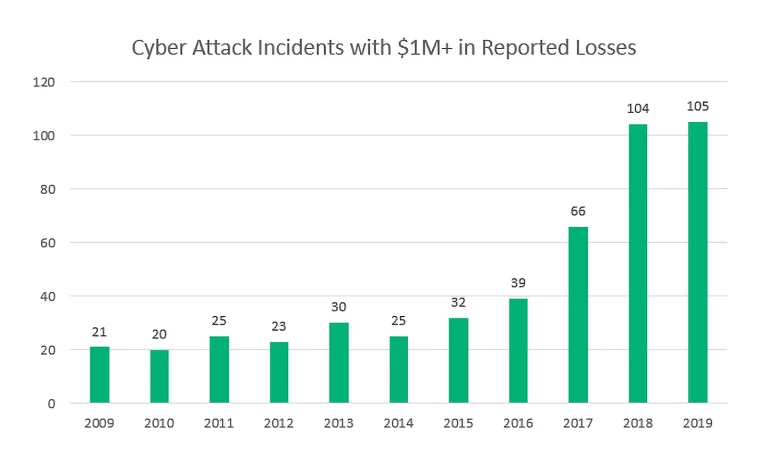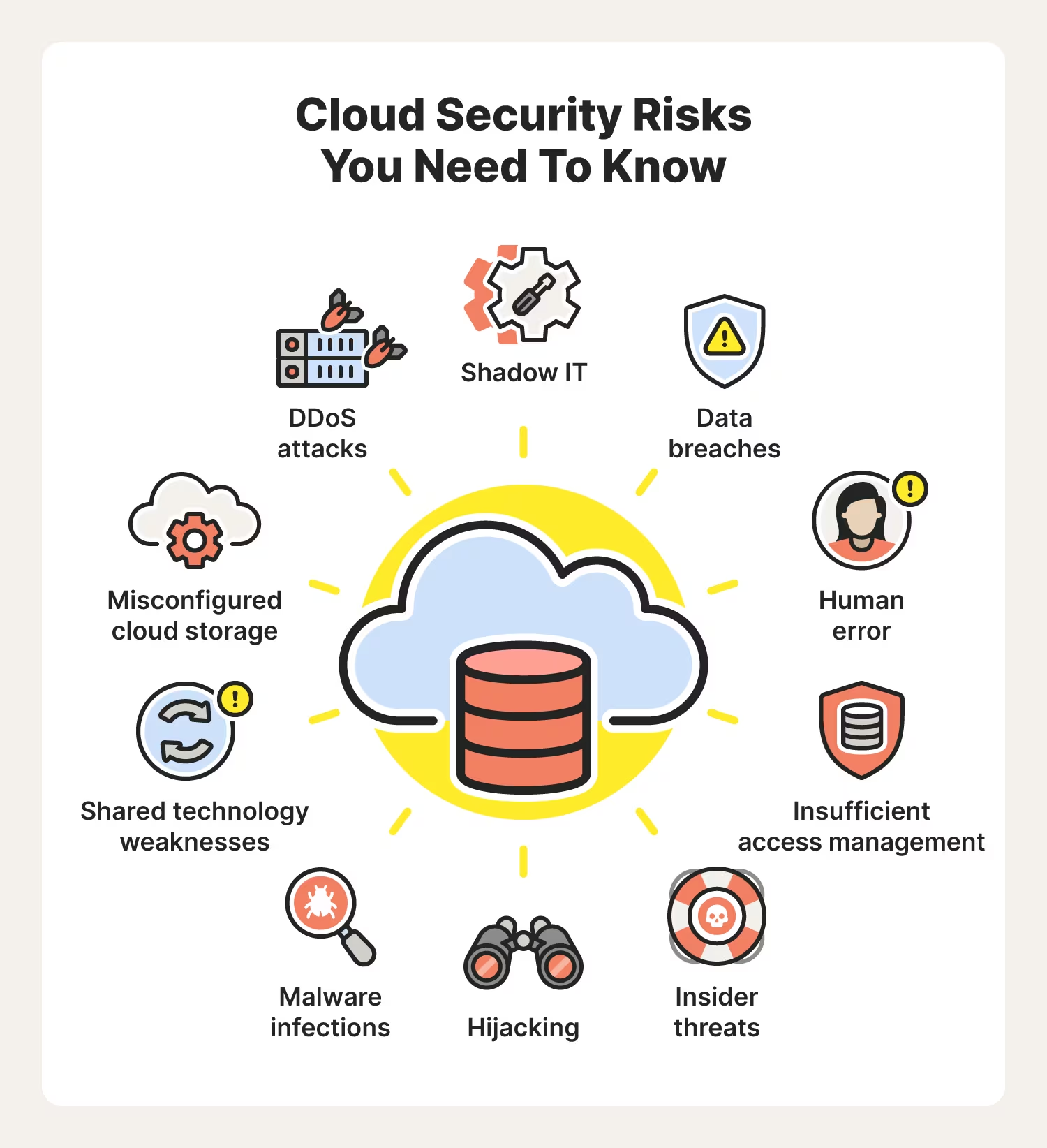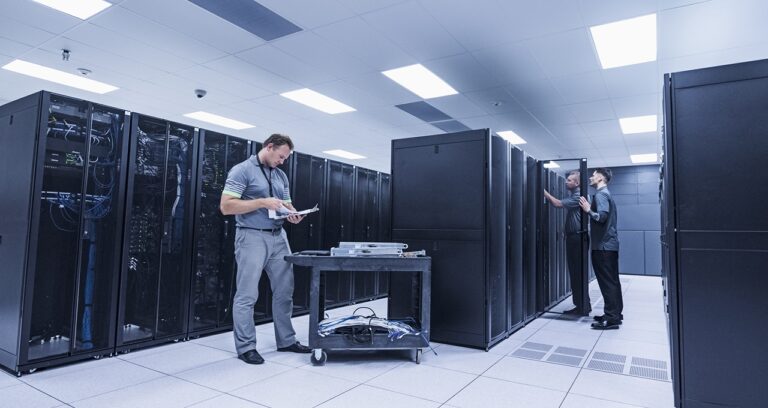5 Technologies to Upgrade Your Cybersecurity You Might Not Have Considered Yet
Organizations need to always be on the lookout for ways to strengthen their cyber health. Much of the time, this means investing in new technologies that will offer improvements to cybersecurity in one or more areas.
This is something many organizations should place a higher priority on, especially since:
- Critical industries are becoming increasingly connected (and therefore easier to exploit)
- Cyber threats are becoming more advanced
- The aftermath of a severe security incident can be grave (given that critical infrastructures are now connected to a worldwide network)—possible outcomes of these incidents include threats to national security, major lost revenues, reputational damage, regulatory penalties, and whopping expenses in restoring operations
We believe there are five technologies you should keep your eye on, as these are effective at everything from better understanding cyber threats to preventing them from occurring in the first place.
1. Artificial Intelligence
Artificial intelligence (AI) entails a number of benefits to cybersecurity:
- AI technology has the ability to learn. It uses machine learning and deep learning to understand a business network’s behavior over time, recognizing patterns in the network. It then proceeds to detect any deviations from the norm before responding to them. Potential threats with similar traits to those recorded get blocked promptly.
- The identification of unknown threats. A human being may not be able to identify all the threats an enterprise faces, and unknown threats can cause massive damage to a network. AI, on the other hand, can pick up on many of these unknown threats.
- AI can handle massive amountsof data.
- The acceleration of detection and response times.
- AI can secure authentication through facial recognition, CAPTCHA, and fingerprint scanners.
2. Behavioral Analytics
Behavioral analytics are analytics businesses use that focus on consumer trends, patterns, and activities. Through these analytics, companies can personalize marketing efforts, improve the customer experience, and even alter product offerings to better suit a customer’s preferences.
However, behavioral analytics can have security applications as well. Benefits include smarter security monitoring—behavioral analytics can help you monitor the network, your users, and your assets. Once a baseline of normal behavior is established, you can then identify any statistical anomalies and investigate why they happened.
This technology also has the capacity to correlate data across systems.In a data breach scenario, this allows you to understand how many and which specific devices were compromised, how the attacker got in, what data may have been compromised, how long the hacker was on the network, and what needs to be cleaned.
3. Embedded Hardware Authentication
A PIN and password are no longer adequate to provide foolproof protection for hardware. Embedded authenticators are emerging technologies that can more securely verify a user’s identity.
Hardware authentication is an approach to user authentication that relies on a dedicated physical device (such as a token) held by an authorized user—in addition to a basic password—that grants access to computer resources. These two components together create a two-factor authentication system, protecting users against phishing attacks and other forms of malware.
When the token is a component of a system (rather than a standalone device), this is known as embedded hardware authentication. Its advantages include:
- Protecting data in an organization
- Increasing the level of privacy for users
- Protecting websites against hackers
- Keeping user identity and confidential information safe
4. Blockchain Technology
By using a blockchain (a decentralized ledger of all transactions across a peer-to-peer network), participants can confirm transactions without relying on a central clearing authority. This could be used for fund transfers or settling trades, for instance. The benefits of blockchain technology include:
- Better transparency: centralization prevents a system from being 100% transparent
- Enhanced security: any transactions that are ever recorded need to be agreed upon according to the consensus method, and each transaction is encrypted
- Reduced costs: as blockchain has no inherited centralized player, there is no need to pay for any third-party vendor costs
- True traceability: blockchain enables every party to trace the goods and ensure that that they are not being replaced or misused during the supply chain process
Improved speed and efficiency: the digital ledger provides a single place to store transactions, while human-based errors are eradicated with the help of automation. All of this creates a much more efficient process.
5. Zero-Trust Model
Zero trust is a framework for securing organizations in the cloud and mobile world. It asserts that no user or application should be trusted by default.
Following the zero-trust principle of least-privileged access, trust is established based on context (e.g. user identity and location, the security posture of the endpoint, the app or service being requested), with policy checks at each step.
No security strategy is perfect and data breaches will never be totally eliminated. Nonetheless, a zero-trust model is still one of the most effective security strategies. This model reduces the attack surface and mitigates the impact and severity of cyberattacks, reducing the time and cost of responding to and cleaning up after a breach.
Moreover, a zero-trust model is the most effective means of cloud security that exists. The ability to not trust any connection without proper verification is essential given the amount of cloud, endpoint, and data sprawl in today’s IT environments. In addition, the increase in visibility will make life so much easier for IT and security from the administrator level all the way up to the CISO.
Each of these five technologies can offer significant improvements to your organization’s overall cybersecurity. But even better would be to implement all of the above, so that you minimize the risk of a cyberattack as far as possible.
Cyberlocke is a comprehensive, full-service IT services provider that architects and implements efficient and secure solutions for enterprise customers and their data centers. We specialize in security, cloud, managed services, and infrastructure consulting. Contact Us today to learn more.


